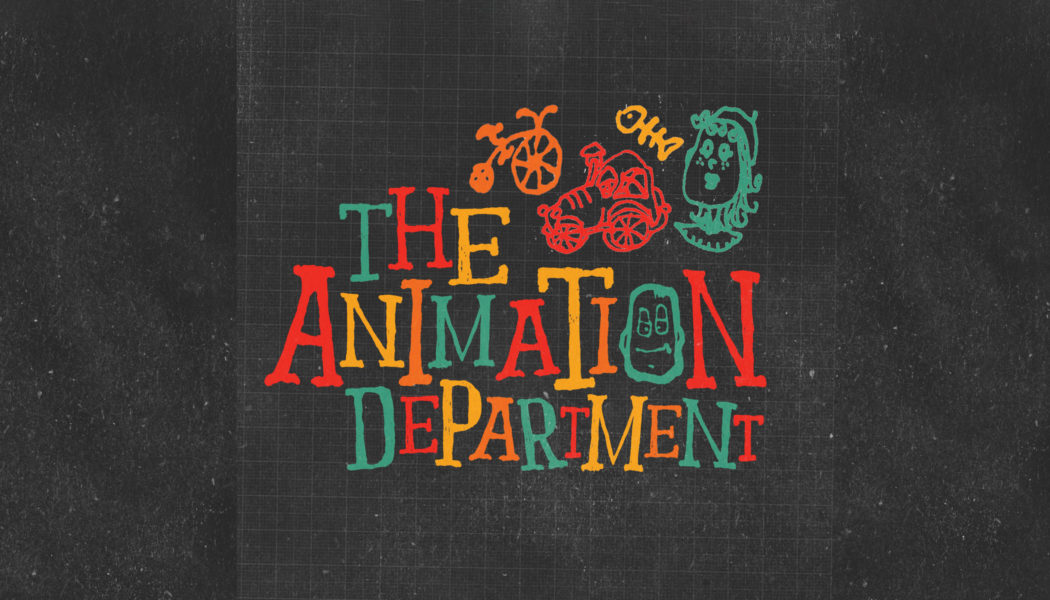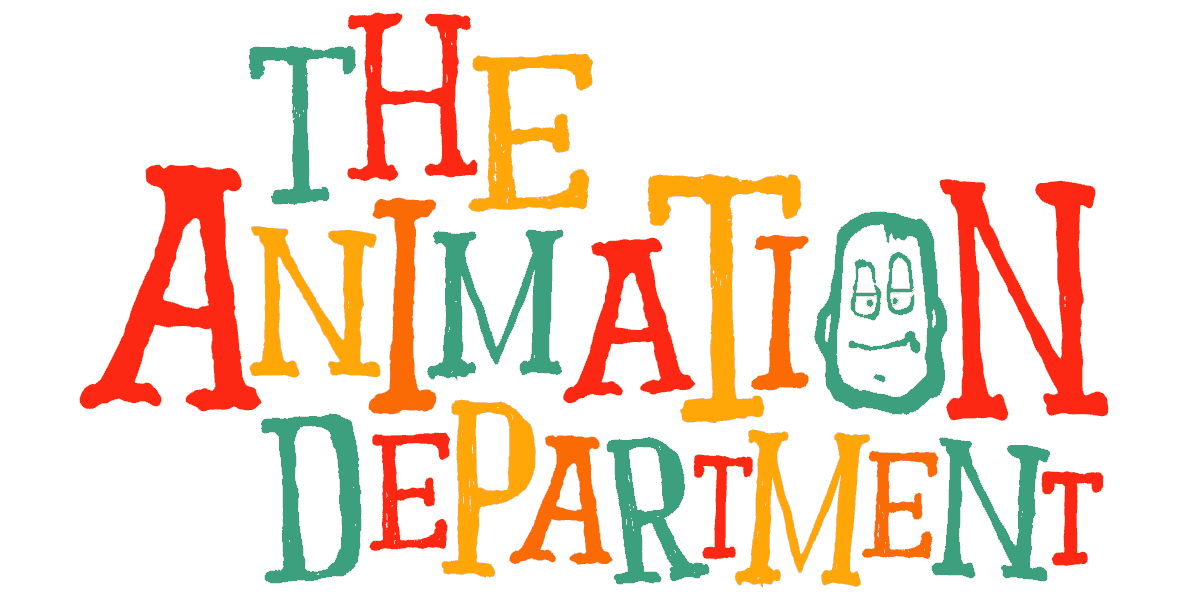
Part I: An interview with Oscar-nominated stop-motion animation supervisor Brad Schiff.
These pages are filled to the brim with the little wonders that make the movies a magical experience. But there is nothing like animation when it comes to magic. In this realm truly anything is possible—hamburgers that rain from the sky, people the color blue, characters who can juggle their own heads, and on and on. Whalebone recently had the chance to catch up with Oscar-nominated stop-motion animator Brad Schiff, who graciously granted us a behind-the-scenes look at his work over at LAIKA Studios—famous for films such as Kubo and the Two Strings, ParaNorman, and Coraline, just to name a few.
And then somewhere off in the distance, we heard music that could only be described as French café, and that led us towards a nice little conversation with Pixar animators Jay Shuster and Daniel Gonzales. Not a bad day to get lost in a new world.
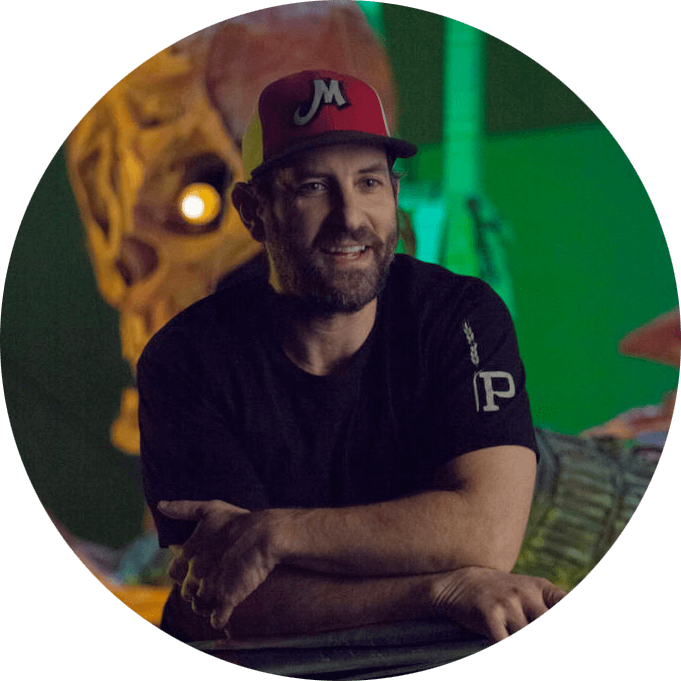
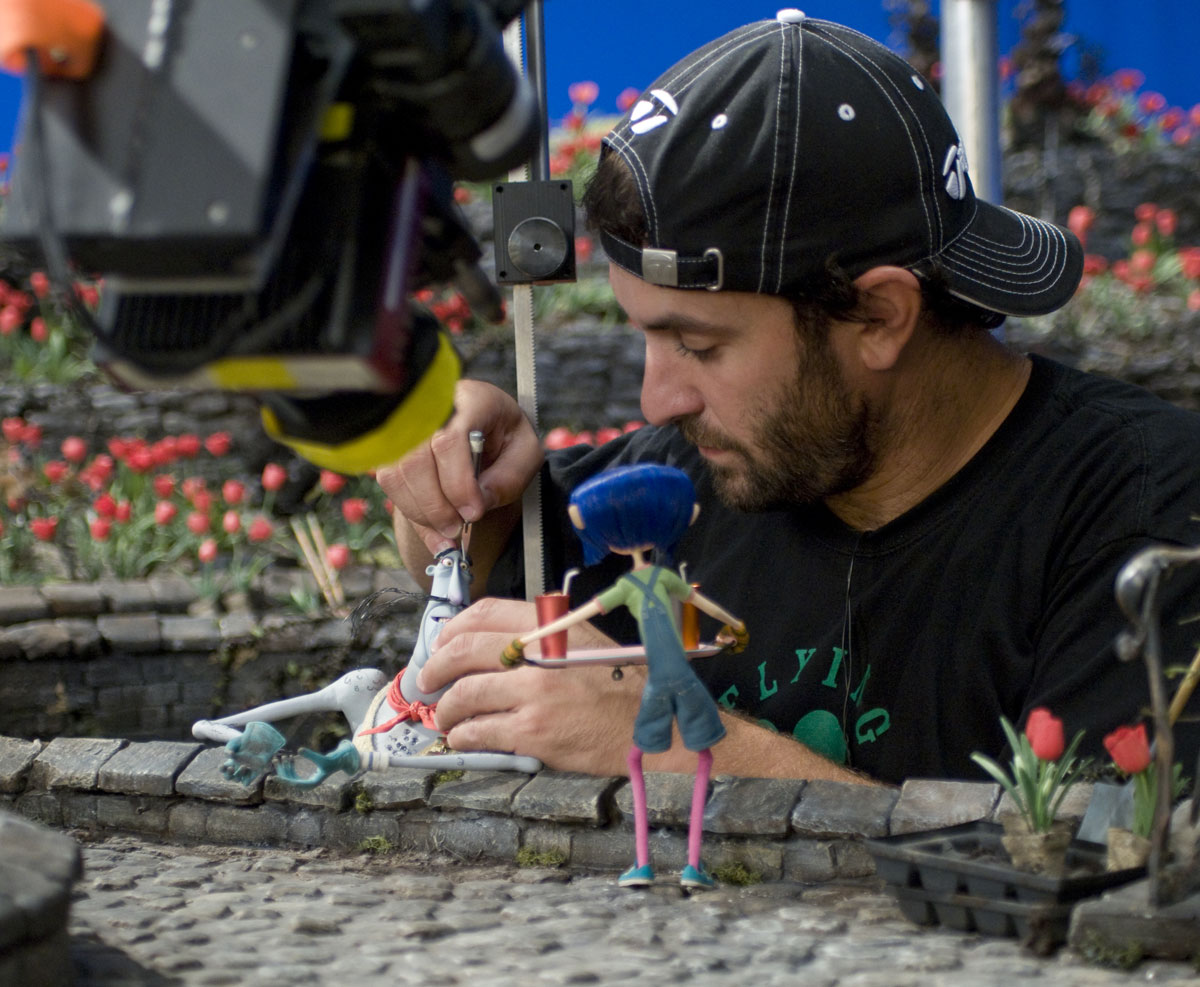
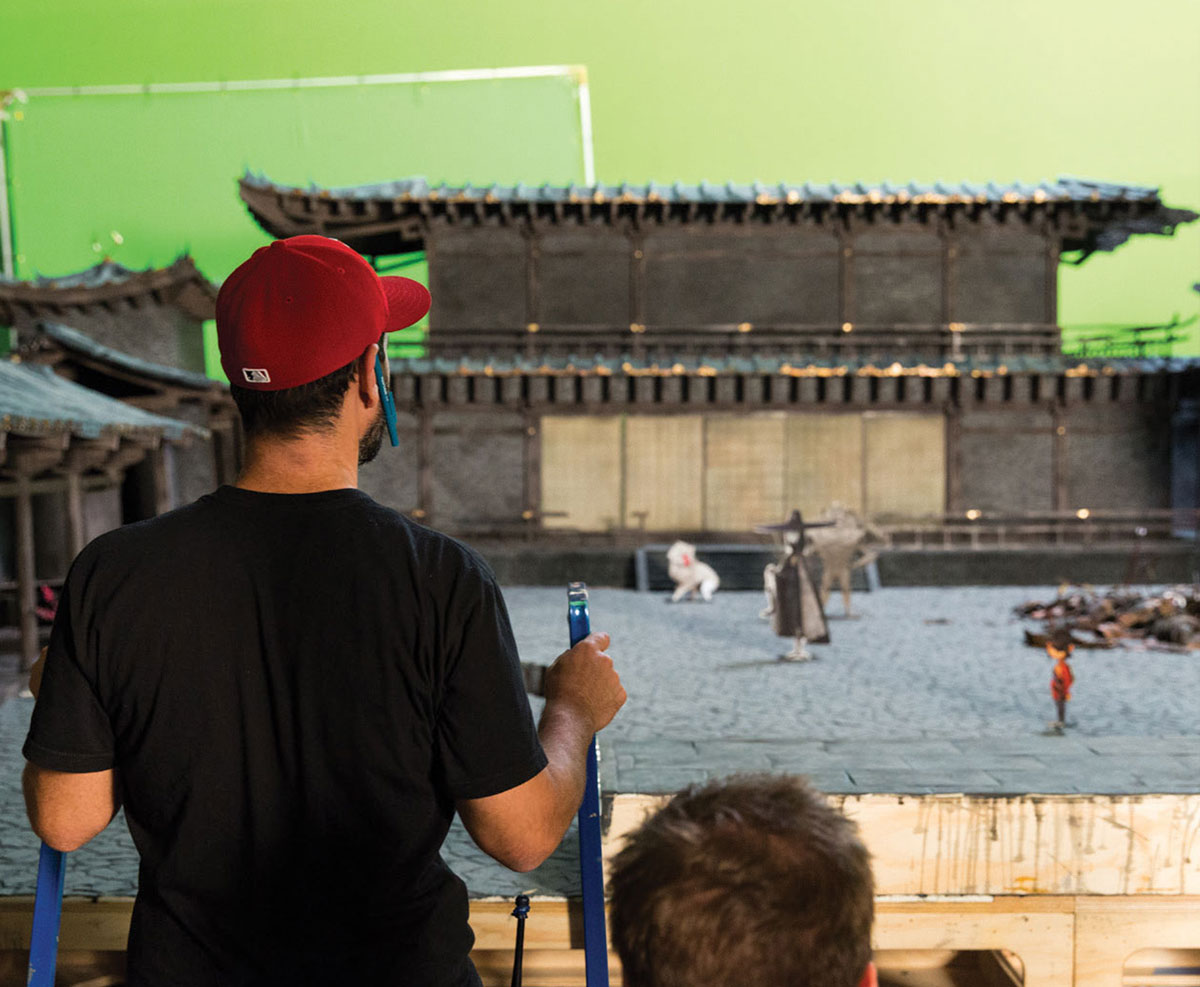
To give you an idea, a team of approximately 30 animators (give or take a few, depending on the film) are each responsible for three to four seconds of animation per week.
WB: Can you explain the process of stop-animation? How long do shoots last, how much time does it take to create a single scene?
Brad Schiff: Stop-motion animation is the manipulation of physical objects (in our case, puppets) in small increments, between individually photographed frames, so that they appear to exhibit independent motion when played back in sequence. Basically, the animator moves the object, takes a picture, moves the object, takes a picture, and so on.
Principal animation is typically a two-and-a-half-year shoot for us. To give you an idea, a team of approximately 30 animators (give or take a few, depending on the film) are each responsible for three to four seconds of animation per week. If everyone can hit their targets, we will finish on time.
Some scenes can take up two of those years.
WB: Of all of the characters you’ve helped bring to life, who is one you frequently find yourself thinking back on?
BS: Mr. Bobinsky from Coraline. I had such a love/hate relationship with that puppet. I loved his design and especially loved Ian McShane’s voice performance. The secondary animation I could get from his round belly and Chernobyl medal was always fun for me. However, because of the extreme things we asked those thin elbows and arms to do, that blue bastard broke all the time mid-shot and ruined weeks of my life.
WB: What or who was the biggest impact on your love of, and making a career out of, animation?
BS: I was at a dead end in college in Missouri as far as what I thought I wanted to do.
Meanwhile, my best buddy from high school was down at The University of Tampa taking animation classes from an instructor named Richard Protovin, who used to do beautiful watercolor animations. Richard had a philosophy that one doesn’t have to draw great to animate great. As someone who was self-conscious about his drawing ability but loved animation, I thought what the hell and transferred schools. It was there I discovered I could sculpt, started doing stop-motion films, and that was it. I fell in love with the medium and knew that was my calling.
WB: Which set world would you choose to live in?
BS: I’ve always loved the asymmetry of the world of ParaNorman. I think that’d be a cool world to live in. Specifically, I’d like to buy Mr. Prenderghast’s old house and fix it up. It’s pretty disgusting in there, but that house has a lot of potential.
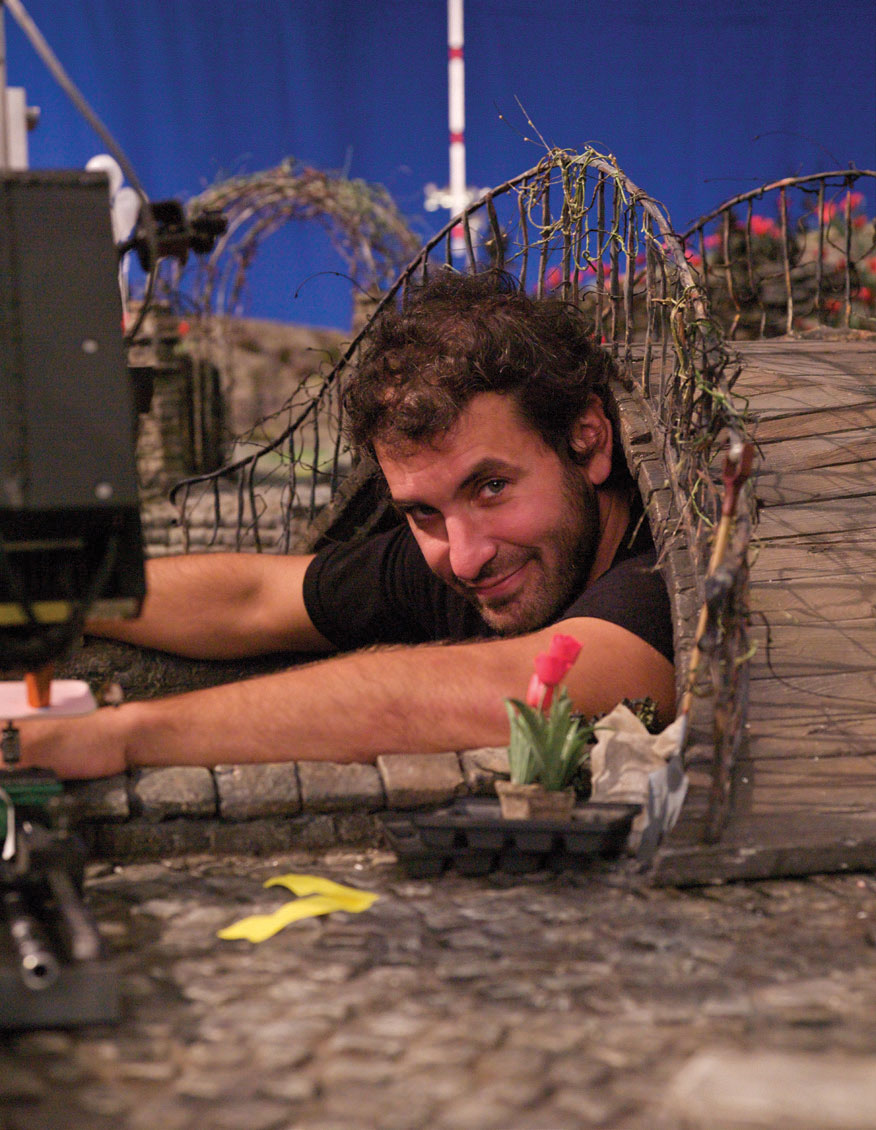
WB: If you could, a movie you would reboot as stop-animation style?
BS: That’s a good question. In general, I think reboots should be made of films that sucked and should have been good. But if I could pick any film it would be, Kung Fu Hustle! The thought of Stephen Chow directing a stop-motion film sounds fucking awesome to me.
WB: How does it feel to watch your work with your kids now? Does it provide a new perspective in hindsight?
BS: I have to say, I feel incredibly lucky to have gotten to work on the movies I have. I genuinely like (at least aspects of) all of them. So, I don’t know if it really provides me a new perspective, but I love being able to answer all the questions they have. It’s such a cool thing to be able to sit down in front of the television and share my career in animation all the way from lousy student films to the films we make at LAIKA.
WB: Which character in Coraline, in your opinion, is actually the most frightening (and also: Did you get to meet Neil Gaiman)?
BS: It’s got to be Other Mother. She was creepy throughout, but the way she morphs into some sort of insect at the end—and then her severed hand chasing down Coraline was scary as hell. Yes, I’ve met Neil. Seen him on a few occasions.
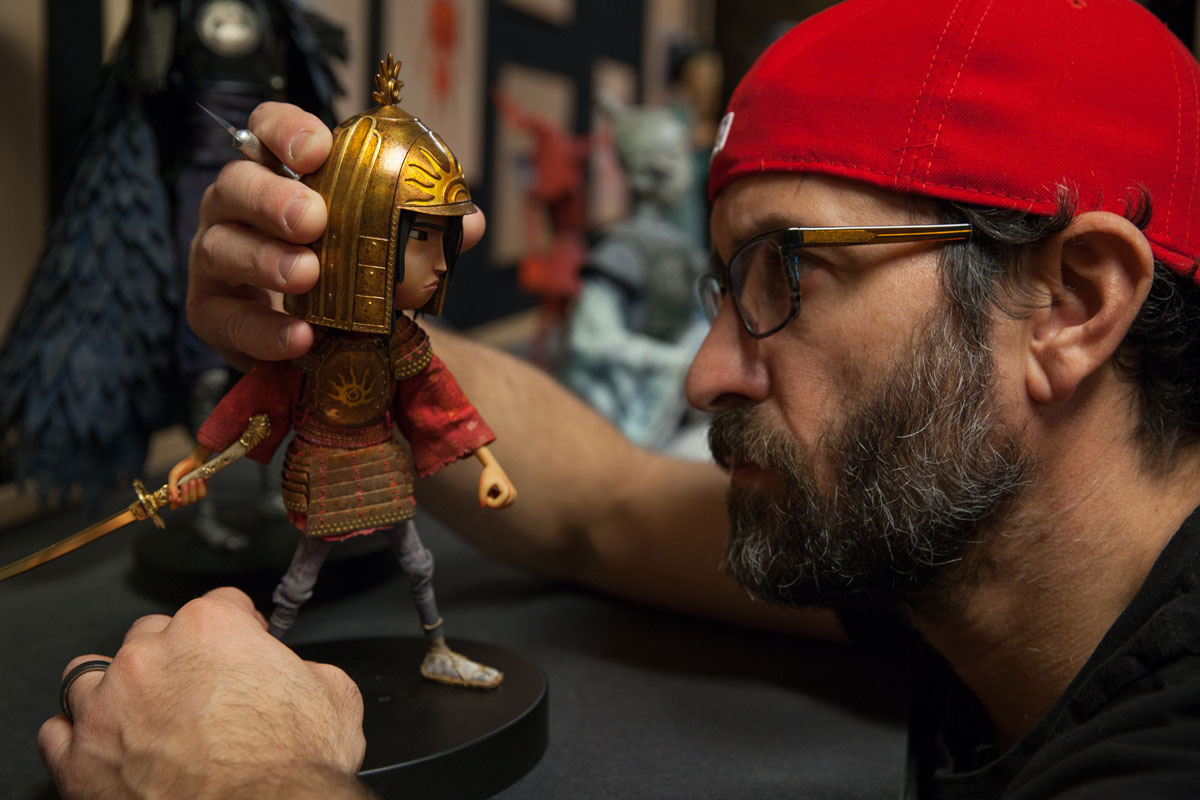
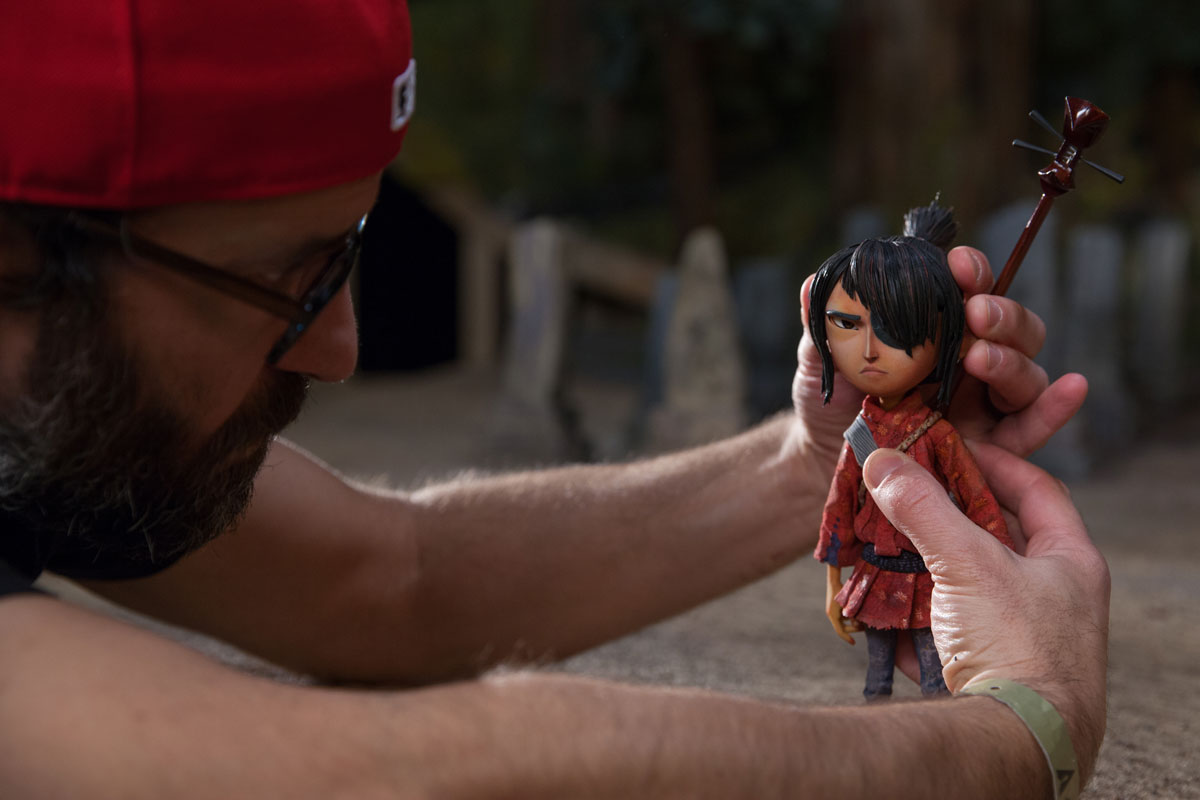
WB: The project, to date, you’re the proudest of?
BS: Kubo and the Two Strings, hands down. The story, subject and style of the film really resonated with my personal aesthetic more than any of the others.
WB: A human in the animation world that you greatly admire?
BS: There are so many! I’ve had the great privilege to work with quite a few whom I admire. Outside of the familiar, I’ll go with two. Hayao Miyazaki for all the obvious reasons. I’m also going with Brad Bird. I love Brad Bird’s films. I have project envy when I see his films. Such a great storyteller. Never met him. Solid first name.
WB: What is an element that stop-motion animation brings to film that other styles can’t really translate?
BS: Stop-motion films are handmade. The puppets, the sets, the animation are all created by human hands. I’ve always found the Japanese philosophy of wabi-sabi fascinating. Wabi-sabi sees beauty in imperfection. Stop-motion is inherently that. As talented as the animators and artists have become, as slick and clean as our animation at LAIKA is, there is imperfection all over the place. To me, that’s what makes what we do special. That’s what makes it stand out.
That’s what makes it beautiful.
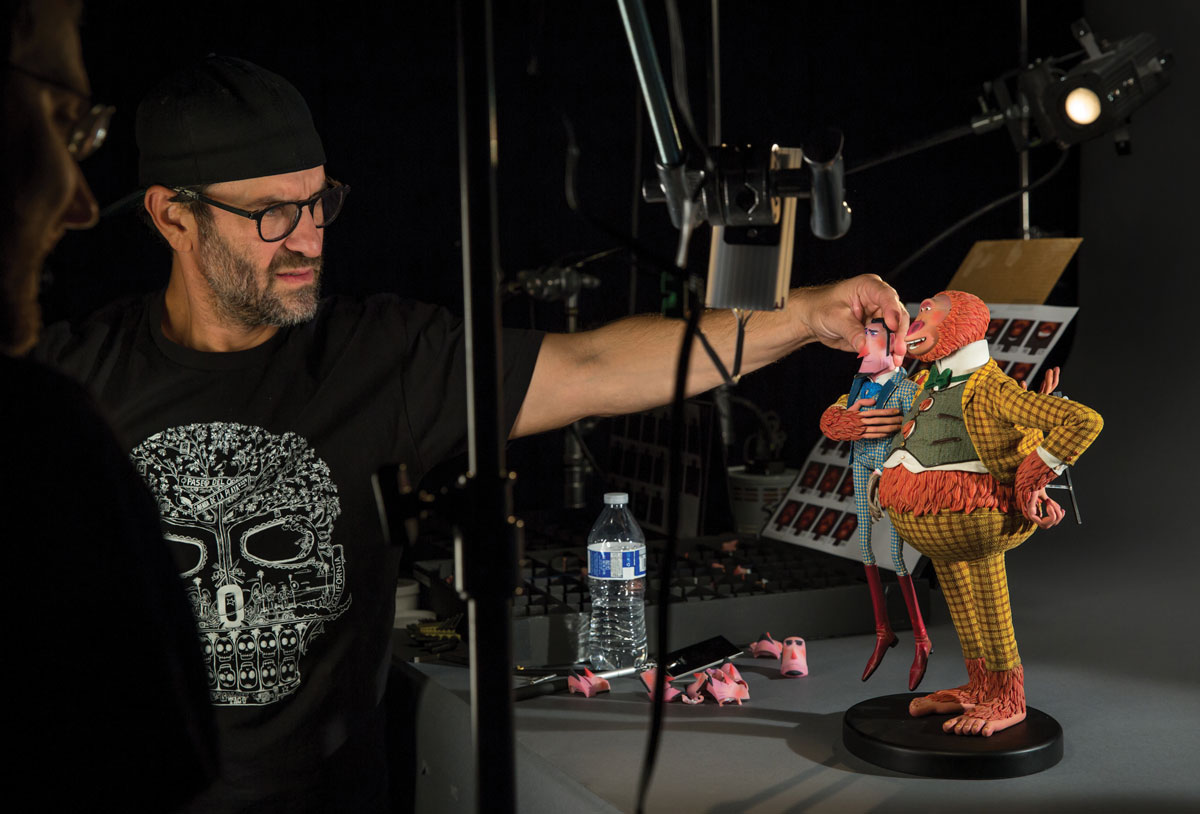
WB: Which character do you think would be the most likely to help you move?
BS: Without a doubt, Mitch from ParaNorman. He’s a kind, strapping young lad who already owns a van. What more could you want?
WB: Is there something upcoming you are working on that you’re able to share a bit about with us?
BS: We have begun production of our sixth film, titled Wildwood, based on the first book in a trilogy of fantasy novels by Colin Meloy, who is the lead singer and songwriter for the Decemberists.
I feel like we always say this, but it’s the most ambitious film we’ve ever attempted to make at LAIKA. It’s a modern-day fantasy of epic proportions. It takes place in our own backyard of Portland, Oregon. Here’s the synopsis:
“Beyond Portland’s city limits lies Wildwood. You’re not supposed to go there. You’re not even supposed to know it exists. But Prue McKeel is about to enter this enchanted wonderland. Her baby brother, Mac, has been taken by a murder of crows into the forest’s depths, and she—along with her hapless classmate, Curtis—is going to get him back. Prue might think she’s too old for fairy tales, but she’s just found herself at the center of one … filled with strange talking animals, roguish bandits, and powerful figures with the darkest intentions.”
That’s all I can share with you, unfortunately, but I can tell you it’s going to be awesome.
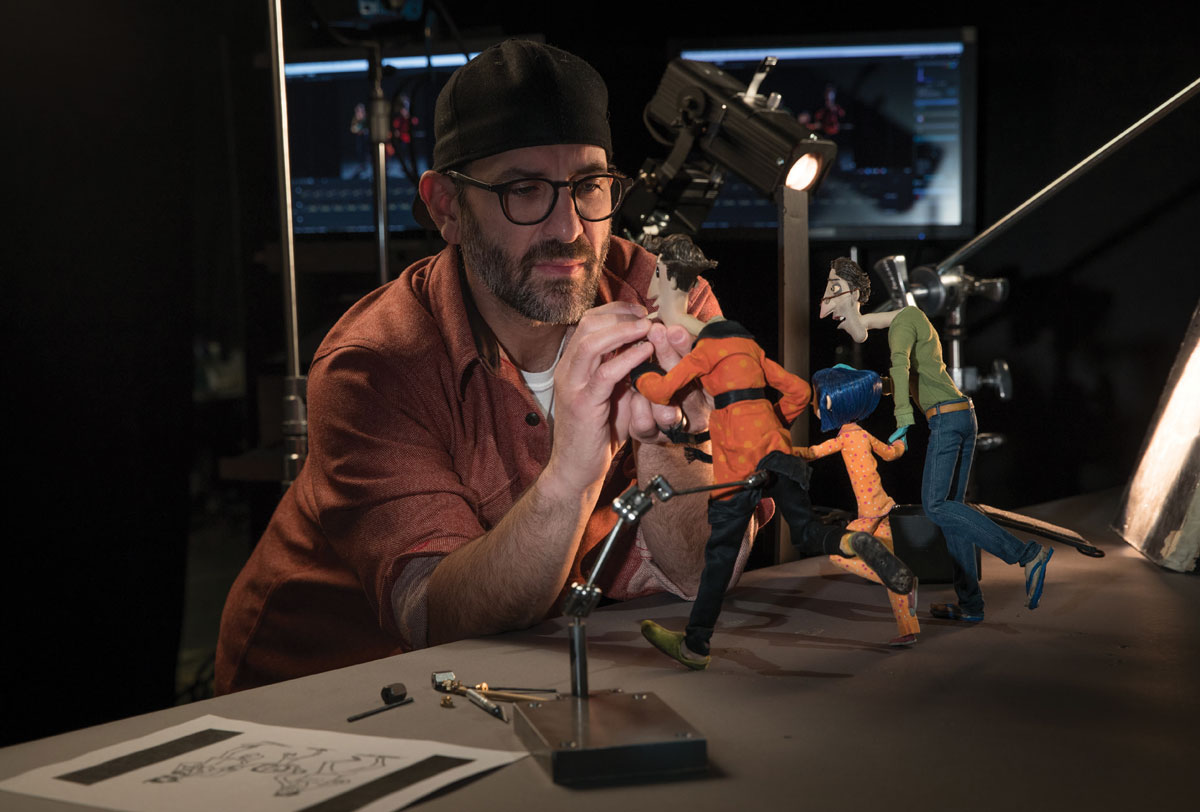
Part II: An animated roundtable with Pixar artists Jay Shuster and Daniel Gonzales
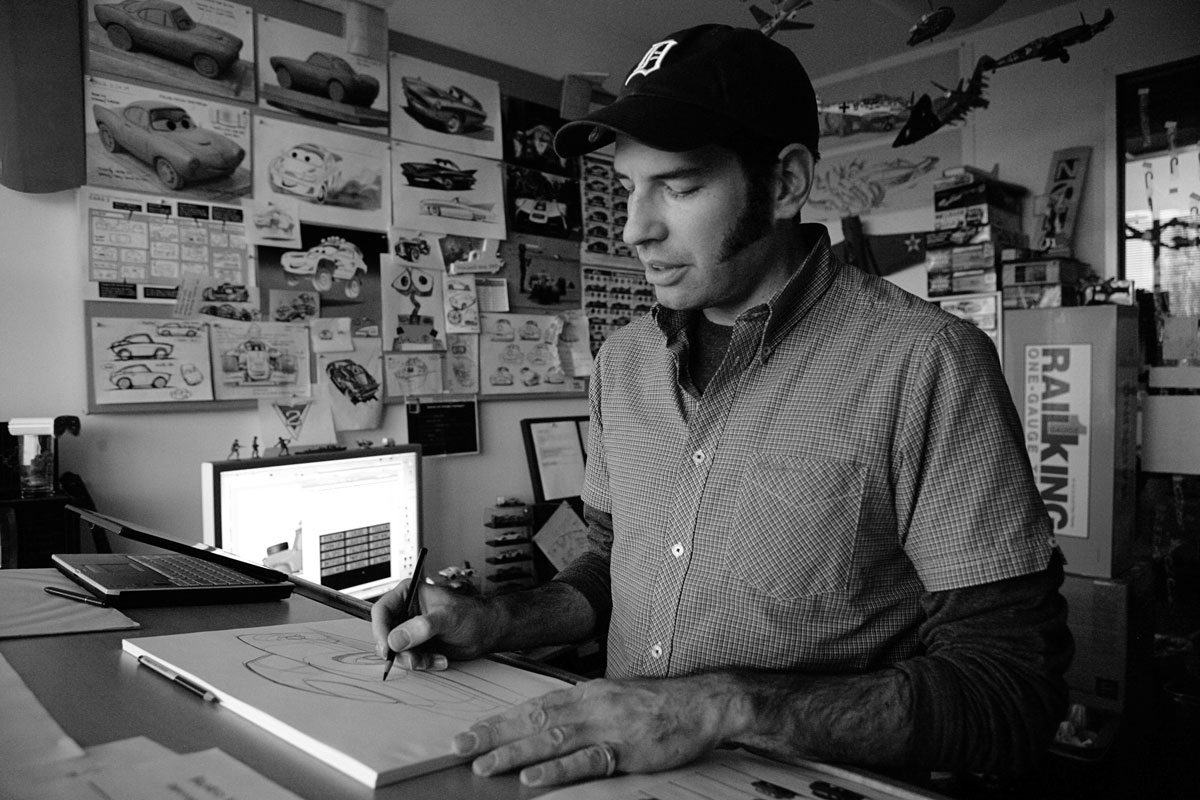
JAY SHUSTER
TITLE: Production Designer
YEARS IN ANIMATION: 19
FIRST MOVIE: Star Wars: Episode 1 — The Phantom Menace
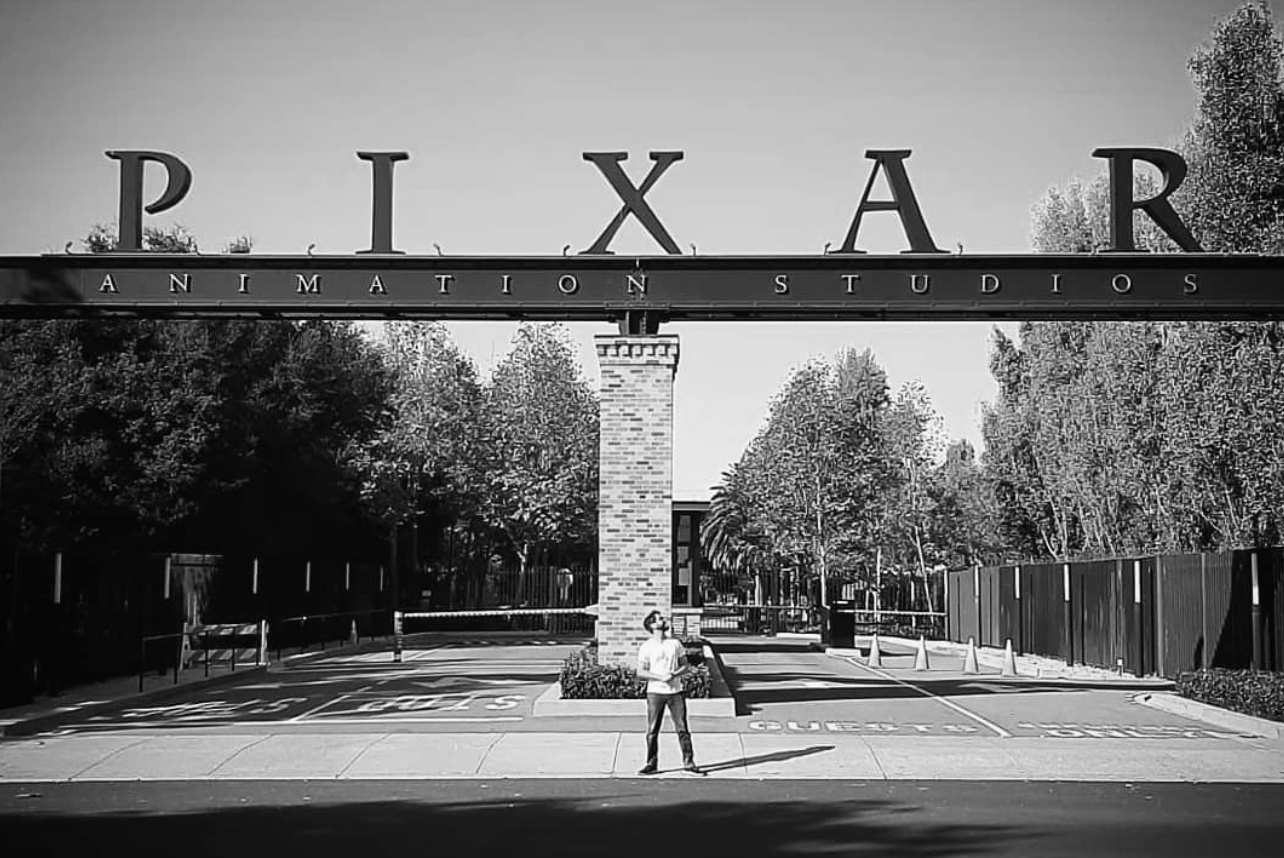
DANIEL GONZALES
TITLE: Animator
YEARS IN ANIMATION: 14
FIRST MOVIE: Cars Franchise
How did you fall in love with animation?
Jay Shuster: I didn’t start my career with a love of animation. Meaning to say: I loved animation as a kid. Saturday morning cartoons were my thing. But I never saw myself working in animation. I grew up the son of an industrial designer. From a very early age, my focus was on the design of material objects. I can say I still feel like an outsider to this animation business. It was only after working on Star Wars, and experiencing a production that was nearly all digital but in my opinion fell short visually because the integration of live-action and CG was still in its infancy, and then, landing the gig at Pixar on the first Cars film—that’s when I finally felt I had a greater opportunity to contribute to a more cohesive look to the film. And I consider that to be one reason why I fell in love with animation.
It truly is a privilege to go into a film and have full control of every aspect of a film’s look and be able to produce that look with exacting precision. And now that I’m in it, I’m so amazed by it. I can honestly say that, with almost 20 years on the odometer at Pixar—I still see the finished film on the screen and am in absolute wonder at how it all comes together. Full respect to the animators who breathe life and sentience into the thinking characters on the screen. Full respect to the folks who build, insert “bones” into and paint up these amazing characters and environments with such clarity and detail. My gig at Pixar is a daily education—even now. I came from Detroit and I understand how cars are designed and built. Like any iterative design-into-manufacturing process, I see animation as a parallel universe with all the intricacies and tight tolerances of an engineered undercarriage married to a beautiful, sculpted outer shell.
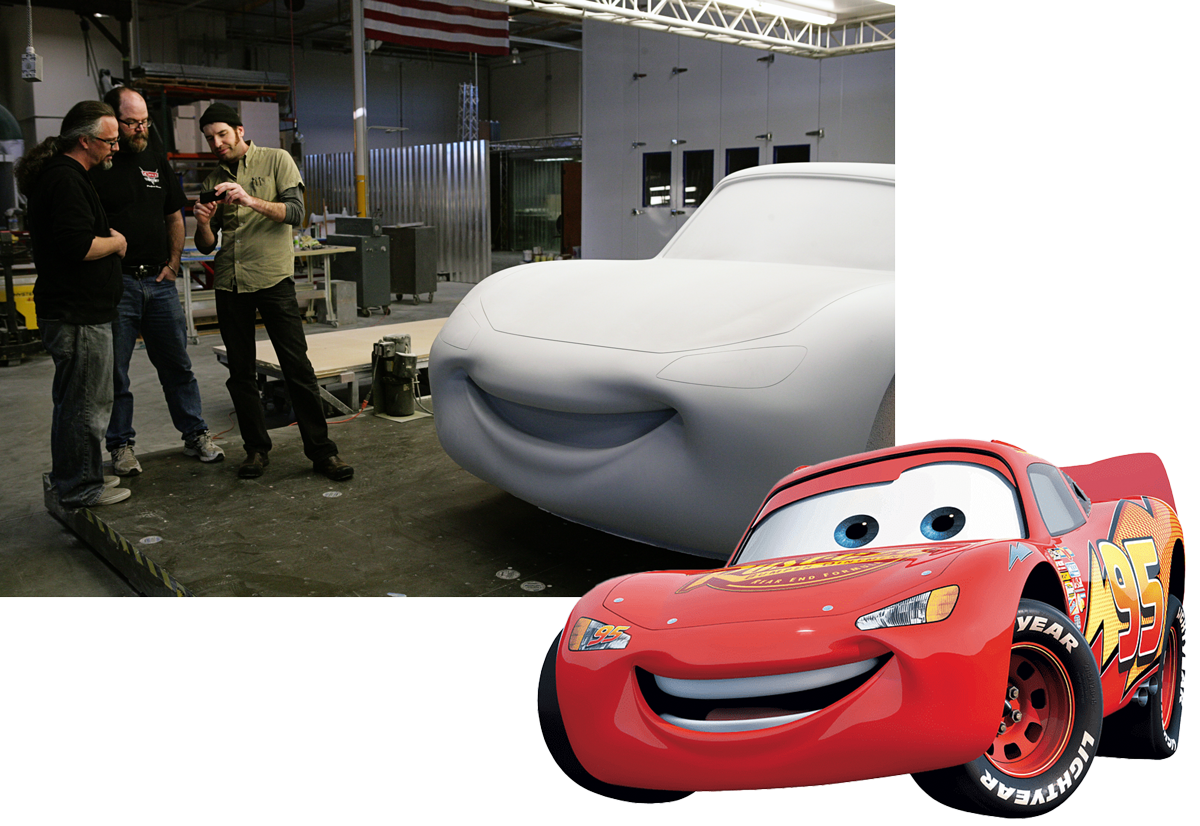
Which animated character had the biggest impact on you as a kid?
Daniel Gonzales: That would have to be Arthur. I gave the show a watch recently. One reason was for nostalgia and the other reason was to see if it still held up. And it does! The show is about a boy and his friends going through everyday troubles. It doesn’t resort to the drama of exploding a character or bonking them on the head. There is already enough drama in real life, such as when you have to wear glasses for the first time, when you go over to someone else’s house and they have a home that is nicer or not as nice as yours, or maybe when a little sibling wants to come along on a trip where just the big kids are going. And it’s hilarious. I can’t stress how relatable it is. I learned a lot without knowing I was learning.
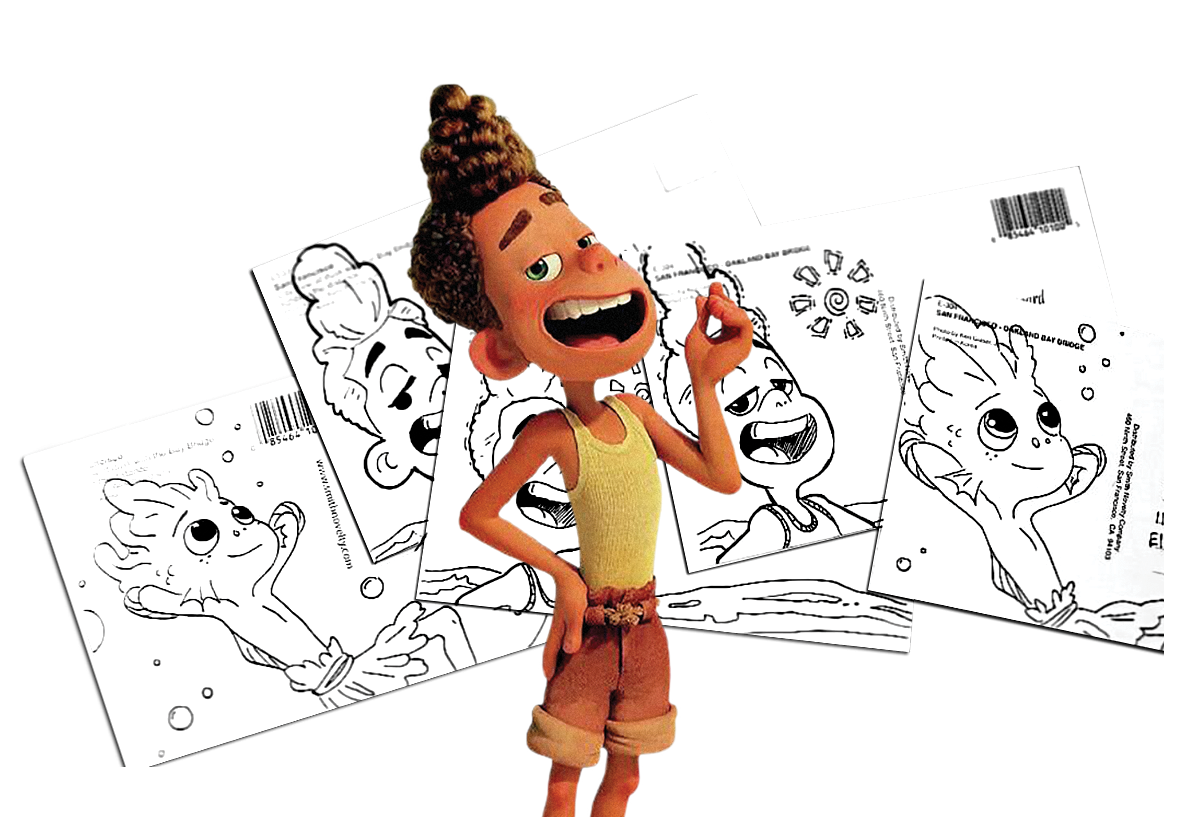
Which one of your characters would you most like to …
…spend a day with?
JS: I’d spend the day with WALL-E. He and I like to spend our time pulling random junk from our environments, turning the purpose of that thing on its head and inventing something new out of a collage of those things—in other words: We like to kit-bash our worlds. As you correctly recall, kit-bashing is the age-old practice of grouping unrelated objects together to make a new object. To some degree WALL-E, himself, was kit-bashed.
…take on a cross-country road trip?
DG: I think Nick Wilde would be my choice. I feel he is relaxed enough to make the whole trip a good time. He is a go-with-the-flow type such as myself. And I really don’t think he is the type to “drive” from the passenger seat. Plus Jason Bateman is one of my favorite actors.
If you could possibly begin to describe it, what is the magic of Pixar or animation in general?
JS: Before I landed the gig at Pixar, I interviewed two or three times with various groups of folks from around the studio. I pretty much immediately got an impression of how the art department worked, and specifically what Pixar art looked like. Sure, I’d seen the early art-of books—but the art I saw pinned to the 4’x8’ boards that lined the hallways and art rooms were plastered with the roughest scribbles and the most beautifully simple and unfinished sketches I’d ever seen.
At first blush, some punk kid might think, “I can draw better than that!” When, in reality, these pieces had more to do with great ideas than just great art. And the art was, indeed, great—but these were gestures and impressions, not only of characters but of what a character thinks and does in their spare time—entire backgrounds and life stories were being sifted through on those boards with the fewest possible strokes of a pencil. I believe it’s this simple art (and not super-rendered, albeit equally beautiful, production paintings) that draws from a deeper well of ideas that can make the imagery and story on the screen that much more inspired and compelling. I believe this, in part, is the magic of Pixar.
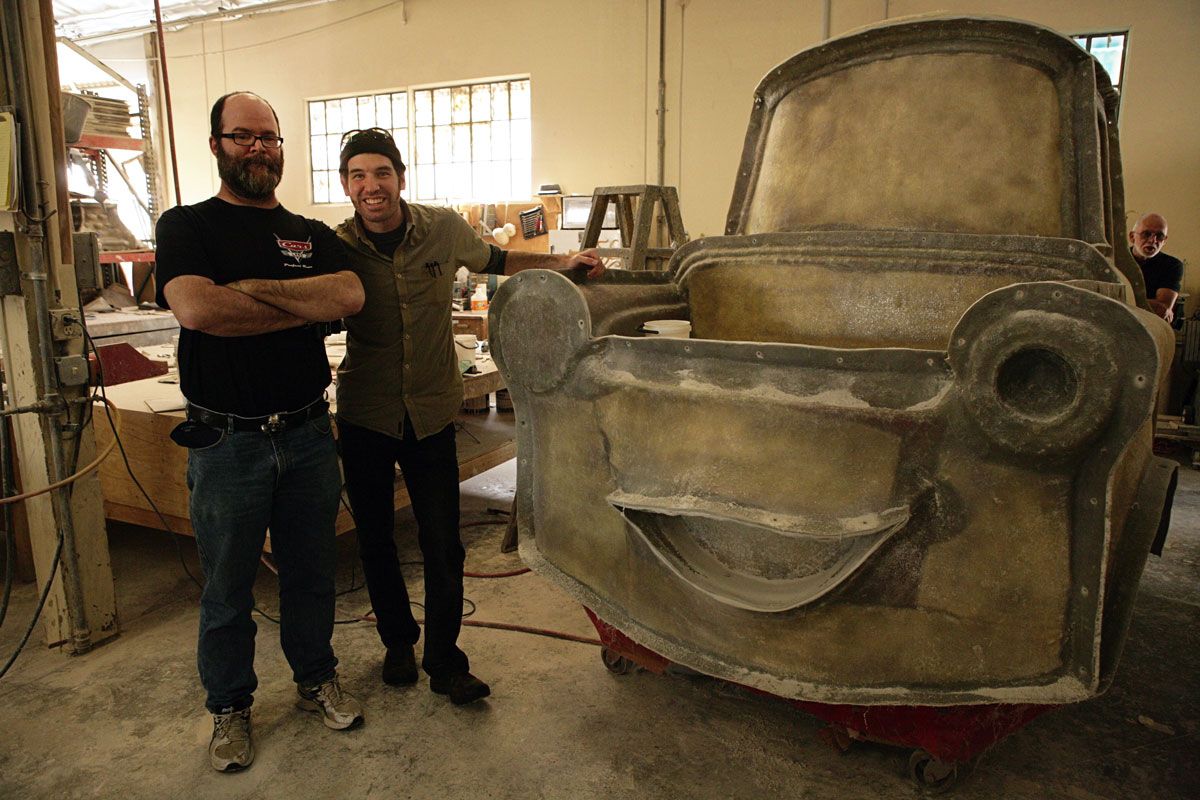
DG: The magic of a studio like Pixar … there are many ways to describe it. I would say that it lies in how the artists always pick each other up. They are always there to help you when you are stuck or when you are having a bit of trouble with your art. And they are always willing to lend an ear if you need to talk. In order to create amazing art, you need a good environment. A lot of the artists at Pixar create that good environment every day.
Do you have a favorite animated short? Why does that particular short resonate with you?
JS: The first image that appeared in my head, at the mention of a favorite short film, was the Rankin/Bass holiday TV shows I watched as a kid—maker of classic stop-motion shorts that first dropped in the ’70s. For me, the appeal is that 1970’s hand-animated style in which you can plainly see the materials of the characters and environments being manipulated between shutter clicks. I’ve always been a hands-on/build-it-yourself kind of human—so the hand-craft really matters to me
Why do some animated characters have fewer fingers than the average human?
DG: To be honest, the answer is very simple: They’re easier to draw! But why do computer characters have fewer fingers sometimes? They’re easier to pose! And it’s easier to pose them into appealing poses.
Something you’ve worked on that you’re most proud of at this point in your career?
JS: Despite the noise and conflict that surrounded the release of the Star Wars prequels, I really enjoyed working on the first two of those films. That gig marked my first experience on a feature film, and it was just a great, eye-opening time for me as a kid getting into the business. I saw George’s A New Hope in 1977 at the age of six at the Somerset mall theater in Troy, Michigan, where I decided not only would I pursue film design as a career, but specifically, I’d work on a Star Wars film. Of course, I had no idea there’d ever be another movie after the original trilogy—I was going on pure presumption. But it was the design of those early films that fueled my love for design.
Something you’ve worked on that you’re most proud of at this point in your career?
DG: I have an odd one. It is actually the moment I decided to take a break from feature animation. I took a break after the film Moana. I took the time to travel, visit family and friends, went on adventures, and got lost in different countries such as Australia and Finland. It was not an easy decision to do, but it was the best decision I ever made. Work-life balance is important, and a lot of artists burn out. Mental health is also a real issue that I was dealing with after years and years of crunch times. Do not get me wrong, I am truly grateful and I do not take my time as an animator for granted. I am extremely fortunate to have been an animator for 14 years now, but I learned taking some time to recharge is essential.
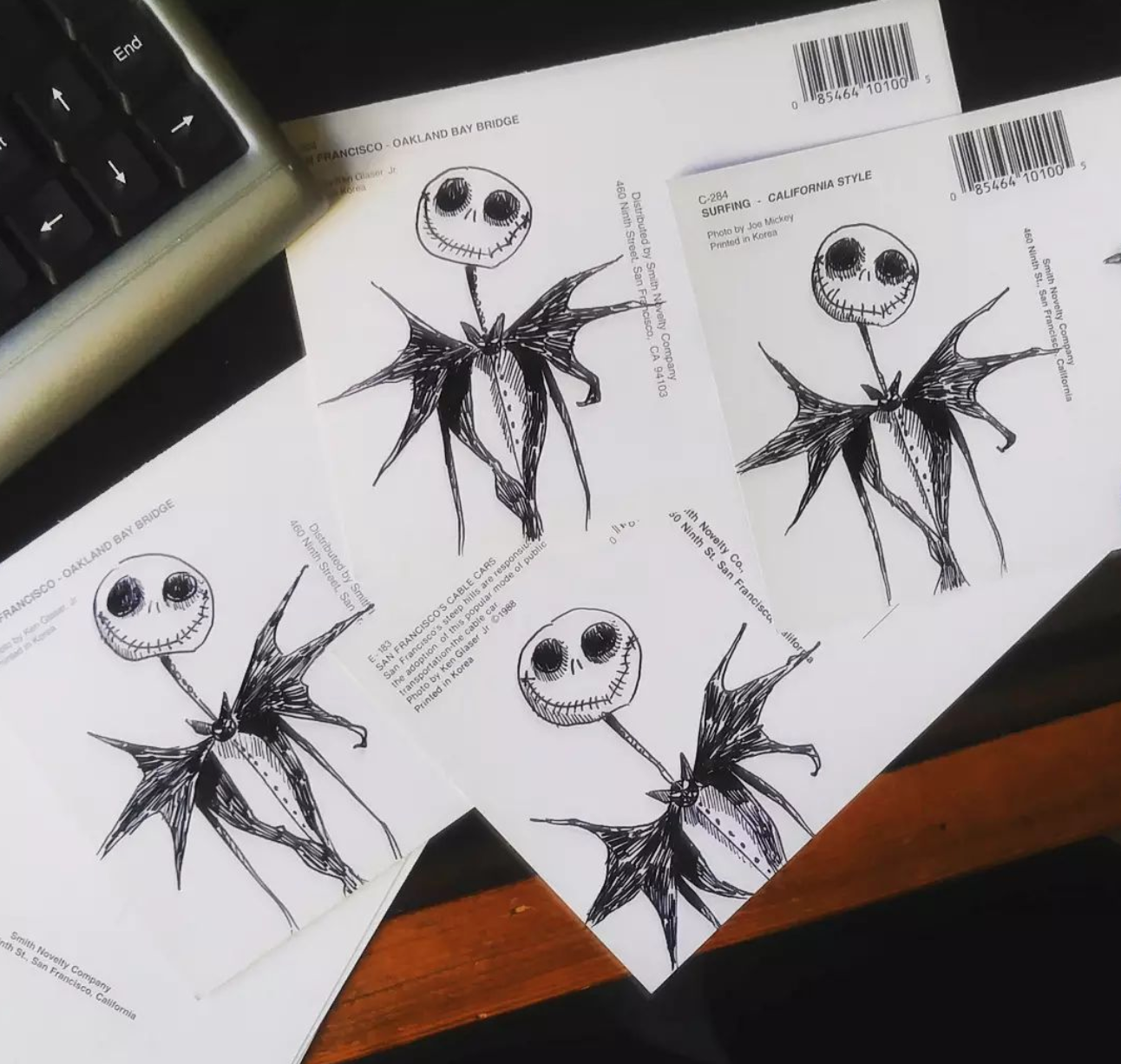
What is the process for a character or setting becoming animated? Is there a brief on the characteristics or persona?
JS: The director, the story department, and the art department all interact, ideally in an early, pre-production phase when there is just a roughly written treatment for the film. The characters and environments are all up for grabs at that point. They grow up in the process of being thrown back-and-forth between these three entities. The director will pitch ideas to the story and art departments, then the story department will send boards and early script pages over to the art department. Then the art department will pitch rough concepts and references back to the director and the story team—rinse and repeat.
At this stage, there’s really not an absolute, logical process; this allows the story to snowball into something substantial and compelling later on. The director may have some concrete ideas for their characters or environments—a handful of ideas is all it takes to get the (snow) ball rolling— but even those things may change along the way.
You’re never really going to have the luxury of an unchanging, amazing story straight out of the gate. A studio or a director must let their ideas go through this early process of back-and-forth between story and art to see what sticks to the wall, what makes sense and what will deliver the story to the screen in the most coherent, beautiful way possible. After months, or preferably years, of that kind of back-and-forth, the story, characters and environments have evolved, hopefully with enough definition to proceed into a round of finalizing the design.
This is a very simple overview of the process, mind you! It’s a process that can be a years-long endeavor for primary characters or environments—WALL-E and EVE took 1.5 years apiece! — and as short as weeks for less-featured background characters and environments.
An animated world or setting you would like to live in?
DG: There is this show called One-Punch Man. That world would be insane to live in. Everyone can be a superhero, there are challenges around every corner and there are fun personalities! It’s either that show or the world Dr. Stone is set in. If you want me to select a Pixar/Disney world, I would choose Frozen. I lived in the Nordics for over a year. I like the landscapes and culture a lot!
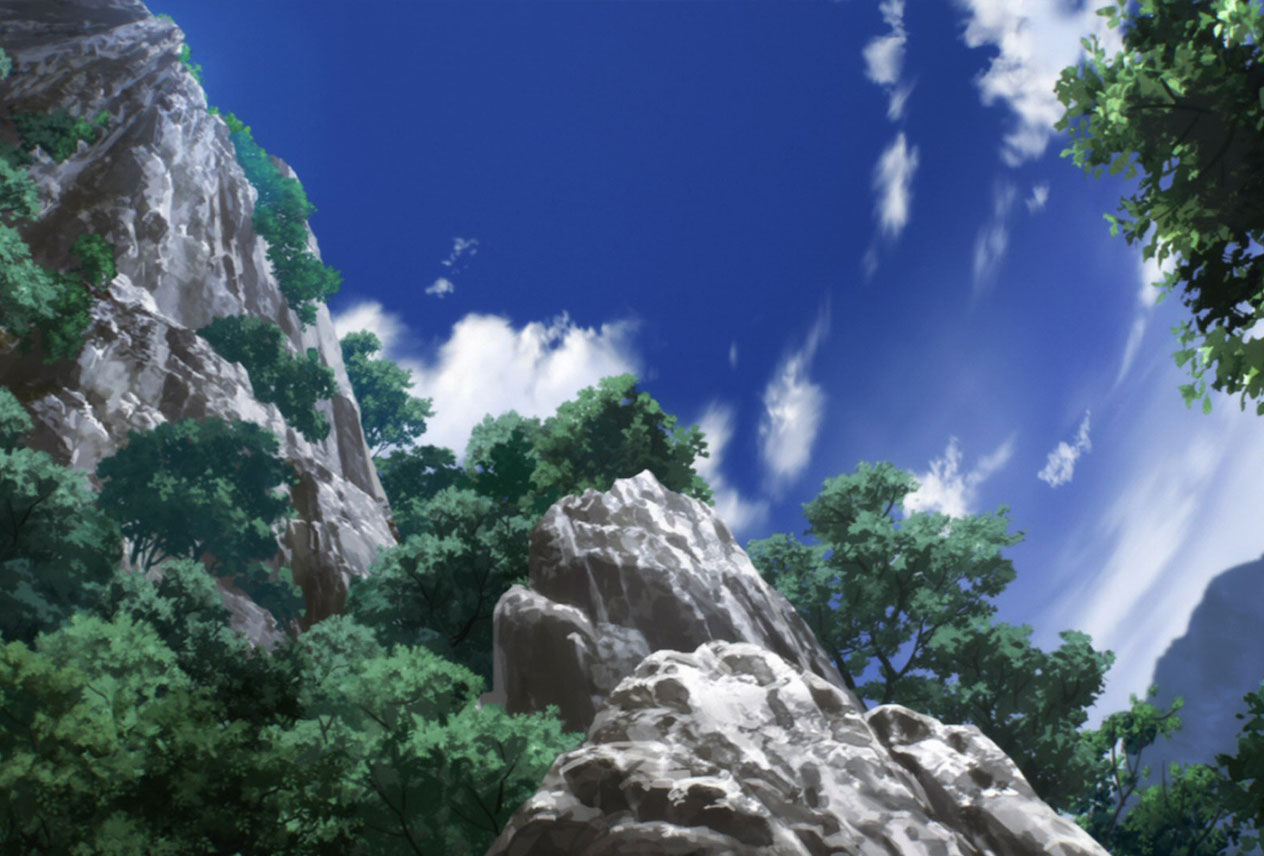
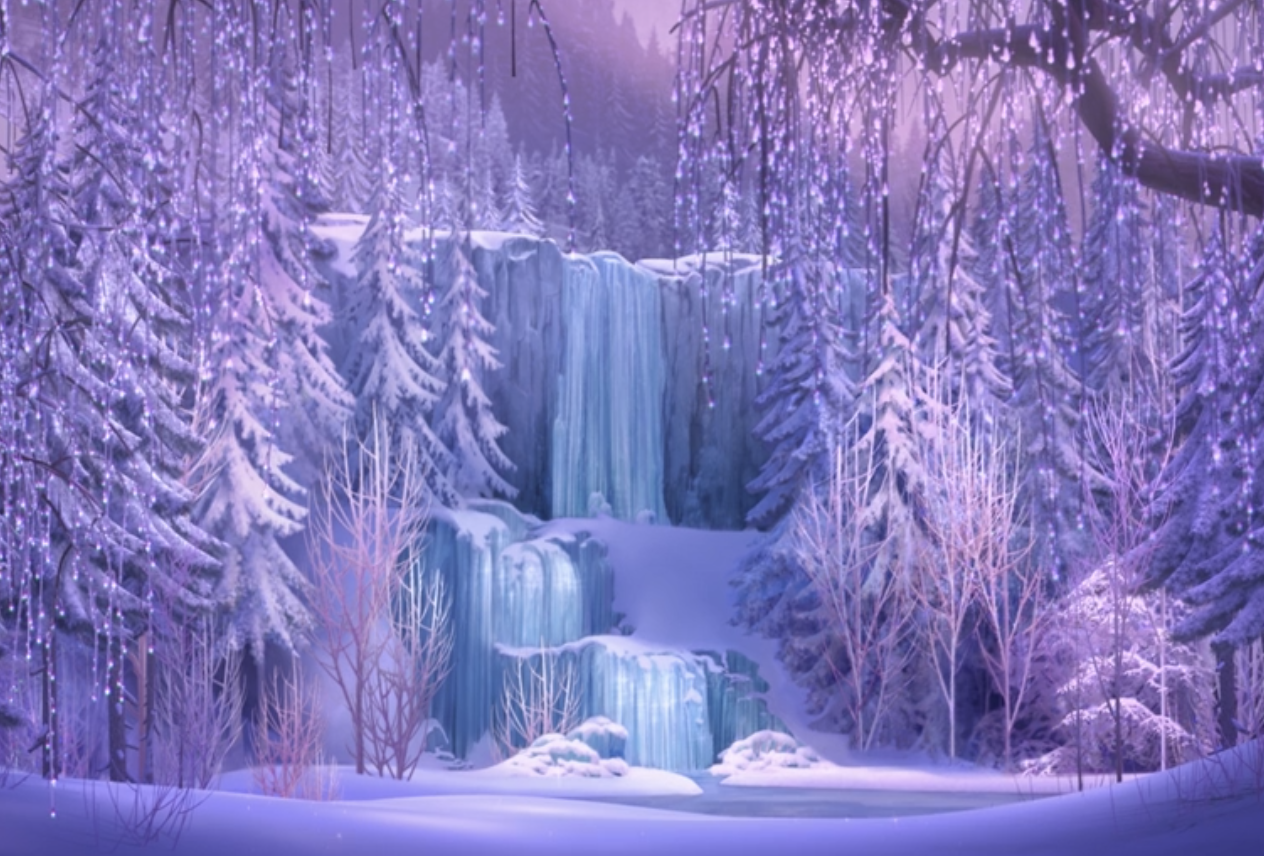
You’re asked to draw someone that is described as….
… soulful. How do you style their eyes?
JS: Well, considering that robots are humans, too (at their base, robots are primarily designed with human-like features and like-minded functions) I’d draw the soulful eyes of an automaton to include as many deep layers of lenses as one could package inside the bot’s head. Surprise, surprise: It’s what I gave WALL-E’s eyes—a series of lenses able to slide and re-focus—also an aperture for blinks. It would be the layered optics that would create a beautiful, ethereal, glassy-eyed effect, and as a result, a deep sentience that is lacking from the usual dead-eyed void that bot designs tend to have.
… nervous. How do you draw their mouth at rest?
DG: I wouldn’t pay too much attention to the mouth. You look at the hands! The hands are the eyebrows of the body. Their pose will tell the viewer a lot about the character. Then you make sure the pose of the whole body supports the character’s state of mind. A nervous stance will be way different than a confident stance, And last but definitely not least, the eyes! They are the soul of the body, and the most important thing when drawing a character. If you can get the eyes right, your character will have life.

